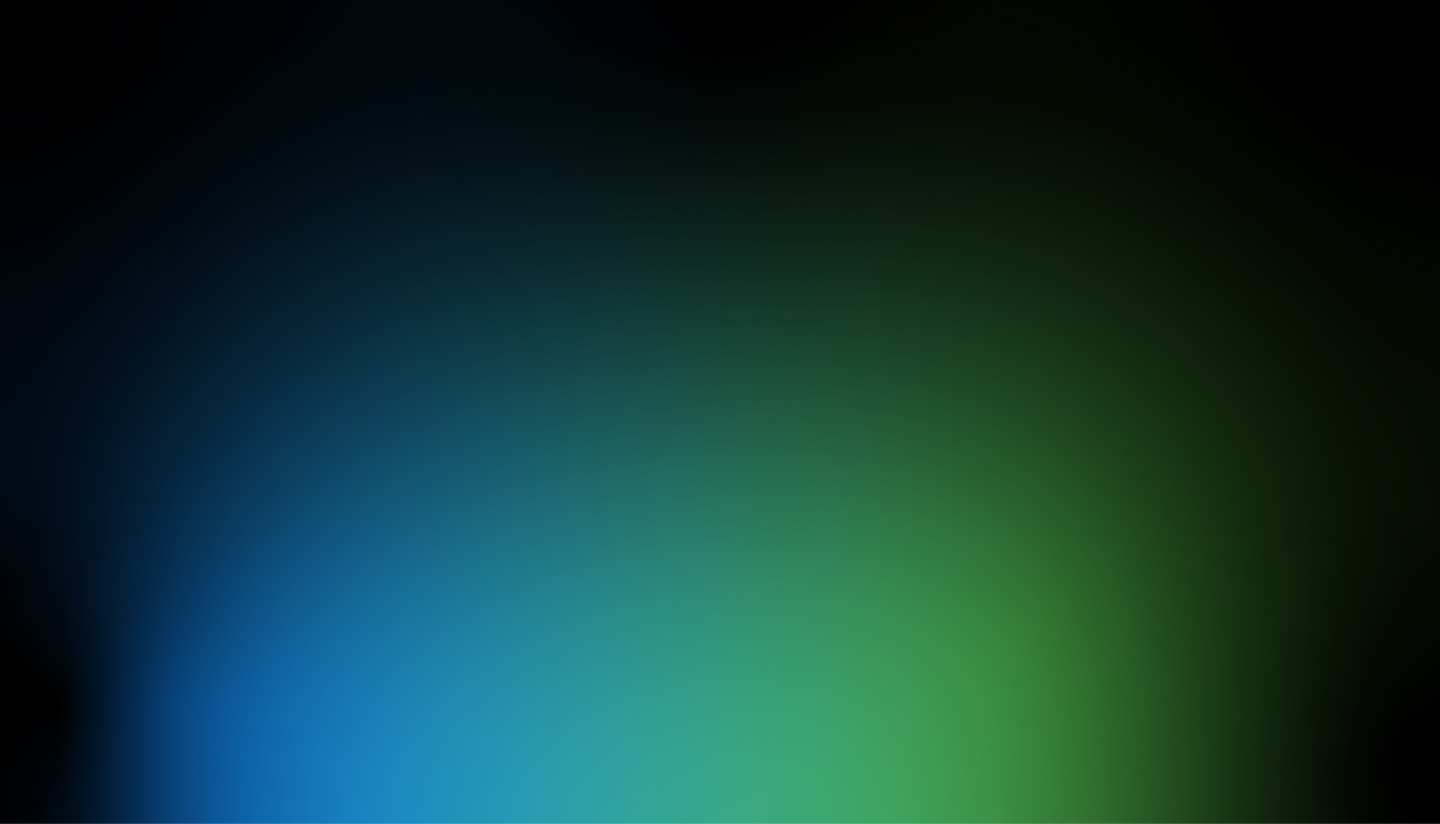
Modular Spectrometers
Quest™
Compact, temperature-compensated linear CCD spectrometer with SMA 905 fiber coupler for light input.
The Quest™ U Family
Download the Product Family Datasheet
The Quest U Family Spectrometers Feature:
- Models to cover the UV to near-IR region
- Spectral Resolution on some models > 0.4 nm
- Low Stray UV Light
The Quest™ X
Download the Product Family Datasheet
The Quest X Family Spectrometers Feature:
- Models to cover the UV to near-IR region
- Spectral Resolution on some models > 0.5 nm
- 16-bit Digitizer
Buy the Quest
Need a different configuration? Contact us for pricing on customized spectrometers.
Related Products & Resources
Discover-It-Yourself
The Quest spectrometer module can become a component your custom DIY system.
DIY UV-VIS